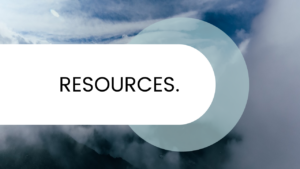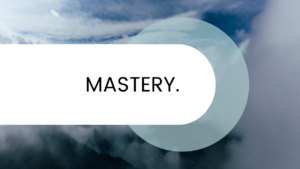Structure in Change
Managers, especially those in middle management, often hesitate to take actions that might jeopardize their position, as organizational structure frequently symbolizes authority. They grapple with questions like ‘If I’m not a Vice President, what role do I have?’ and ‘If I share my power, what will be left for me?’ The pivotal moment arrives when they realize they can exchange control for active involvement. Instead of being confined to a single spot on the organizational chart, they can occupy multiple roles, exerting influence directly rather than indirectly. They swap positional power for a sterling reputation. By immersing themselves in the actual work, they rediscover the joy it brings.”
Questions on Structure
The following questions can be applied to the organization as a whole or the teams within it. Use them to provoke a conversation about what is present and what is possible.
- How would we describe our current structure?
- How do products, services, geographies, functions, skills, and customer segments show up in our structure?
- What is centralized? What is decentralized?
- What about our structure is fixed? What is fluid?
- What about our current structure is causing tension?
- How would an ideal structure serve us? What benefits would we expect to see?
- Within teams, how do we approach roles and accountabilities?
- How does our structure learn or change over time?
What does it mean to be People Positive about structure?
Recognize that people are capable of self-organizing if the conditions are correct. Create simple rules or agreements about how teams are formed and changed, then let people go where their skills and energy take them.
What does it mean to be Complexity Conscious about structure?
Organize for adaptivity. Ensure that your structure is driven by the periphery—the teams that touch the market—rather than the teams at the center. Allow teams to reorganize continuously rather than in grand gestures every few years. Clarify and specify structure when helpful, but do so in pencil.
Now that you are familiar with the dimensions of our theory, let’s discuss how we can apply it. Like many other tools, our approach can be used in different ways. It can be used descriptively to describe your own way of working or that of another team. It can be used diagnostically to analyse positive or negative patterns we have observed (e.g. why do new employees feel confused by the onboarding process?). In addition, some teams use our approach to envision how the organisation could evolve.
We use it primarily as an awareness-raising tool to capture stories, tensions and experiments that are happening in the real world. We ask the teams themselves to interpret what is happening. Regardless of the approach, our approach usually triggers a rethink in the teams as they begin to systemically rethink the way they work. A meeting is no longer just a meeting; it becomes a forum for belonging, an opportunity to share information, a chance for buy-in or even a potential waste of time. Our approach encourages such conversations, and these conversations will ultimately lead to change.
Every decision is associated with emotions. When you are faced with a decision, the subcortical structures in your brain are activated and trigger a cascade of emotions, instincts and bodily sensations. These elements influence a somatic decision or even bring it about before you are aware of it. This phenomenon is commonly referred to as a “gut feeling”. The interplay between our different thought systems happens so quickly and seamlessly that we often don’t even realise it. We may hold on to the belief that most of our decisions are made objectively and rationally, but this is not the case.
Therefore, at this point, you should have already made your decision. Somewhere in your mind or body, you know it. Either you believe that we need to change the way we work and are ready to take that step, or you don’t believe it and never will. Those who believe – the catalysts, the visionaries, the risk-takers – have understood that the future will not be a desirable place unless we change how we work together as humans to design and build the future in a way that employees will love coming to work.
So where do we go from here? The answer is simple; the implementation is a challenge. If you have some responsibility over others – in business, philanthropy, education, public service, your community or even at home – it’s your job to improve the humanity, vitality and adaptability of the current organisational system. If you are ready to do so, we can embark on this journey together.
You might also be interested in
PURPOSE IN CHANGE
How we orient and steer; the reason for being at...
RESOURCES IN CHANGE
How we invest our time and money; the allocation of...
AUTHORITY IN CHANGE
How we share power and make decisions; the right to...
WORKFLOW IN CHANGE
How we divide and do the work; the path and...
MASTERY IN CHANGE
How we grow and mature; the journey of self-discovery; our...
MEMBERSHIP IN CHANGE
How we define & cultivate relationships; the boundaries & conditions...






